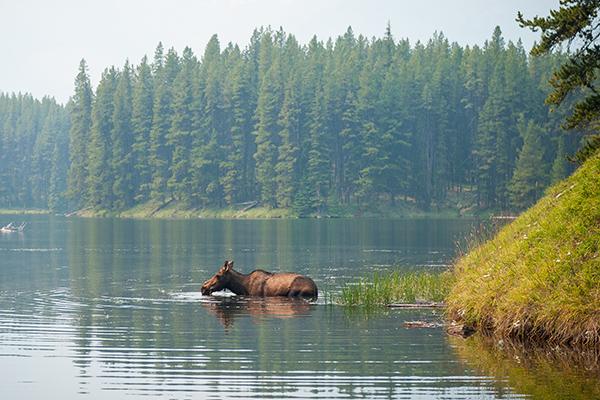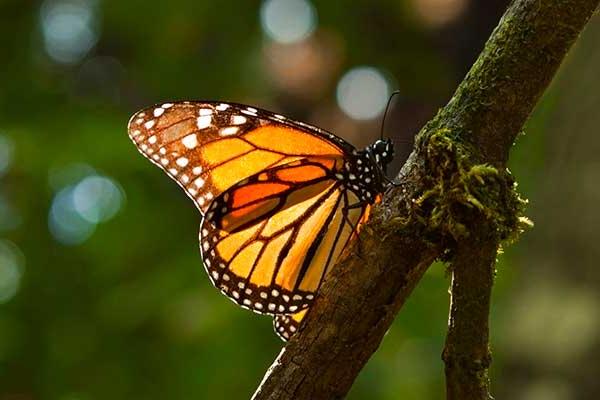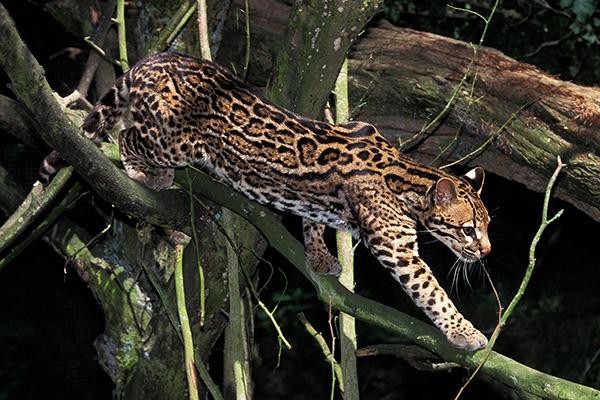On a calm, quiet morning, you’ll hear it. The call of the southern yellow-cheeked crested gibbon. It’s an enchanting sound that echoes across the forest — often heard as a duet with its mate. Unlike most primates, this gibbon adds an undulating, almost whale-like sound to the melody of the forest. And this call is what lures visitors out to Cambodia’s Keo Seima Wildlife Sanctuary at sunrise, just for the privilege of hearing it.
Like so many of the animals at the sanctuary, southern yellow-cheeked gibbons rely on trees for their survival.
A DIVERSE LANDSCAPE WITHIN A PROTECTED OASIS
The Keo Seima Wildlife Sanctuary stretches across nearly 300,000 hectares and is home to the Bunong, an indigenous group with a deep ancestral tie to the land. Partly thanks to its size — it’s larger than the entire country of Costa Rica — the sanctuary features a biodiverse mix of forest habitats. “We have open, dry forests with a grassy understory and an open canopy,” said Olly Griffin, Forest Carbon Technical Advisor with the Wildlife Conservation Society (WCS) Cambodia Program. “And further east we have more of a closed, dense, moist tropical forest like you would imagine. That variation is one of the contributing factors to why we have such high biodiversity.”
Diverse is definitely a good description. This preserved region includes nearly 1,000 different animal, plant, and fungi species. Approximately 85 threatened species can be found here, thriving among the protected tree canopy. Here are just a few of them.








